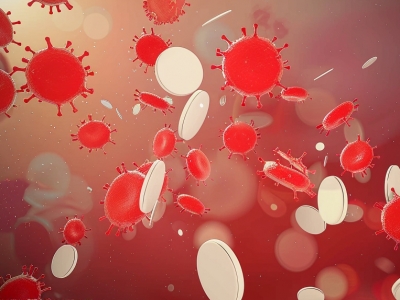What does an elevated white blood cell count indicate?
Generally speaking, there is no specific medical condition indicated by the absence of elevated white blood cells. Elevated white blood cell levels may be caused by strenuous exercise, emotional stress, pregnancy and childbirth, bacterial infection, leukemia, and other factors. If discomfort occurs, it is recommended to seek timely medical consultation at a hospital and follow the guidance of a physician for standardized treatment. Detailed explanations are as follows:

1. After Strenuous Exercise
Following strenuous exercise, the body may experience a stress response that can lead to a temporary increase in white blood cells. This is a normal physiological phenomenon and generally does not require special treatment. Symptoms usually subside after appropriate rest.
2. Emotional Stress
Being in a prolonged state of tension can easily cause sympathetic nerve excitement, stimulating the immune system and resulting in elevated white blood cell levels. It is recommended to stabilize emotions and maintain a pleasant mood, which typically allows for spontaneous recovery.
3. Pregnancy and Childbirth
During pregnancy and childbirth, changes in hormone levels and immune status in the body may also lead to elevated white blood cell counts. This is generally considered normal and usually does not require excessive concern.
4. Bacterial Infection
Bacterial infection is a common clinical cause of elevated white blood cell levels. When bacteria invade the body, the immune system initiates a defense mechanism, leading to an increase in white blood cells to combat the foreign bacteria. Patients may experience symptoms such as fever, cough, sneezing, runny nose, and sore throat. Patients can take medications such as amoxicillin capsules, erythromycin ethylsuccinate tablets, and cefixime dispersible tablets as directed by a physician to alleviate symptoms.
5. Leukemia
Leukemia is a type of blood system disorder that may be related to viral infection, abnormal immune function, physical, chemical, and genetic factors. It is characterized by reduced red blood cells and abnormally elevated white blood cells. Patients may also experience symptoms such as fever, anemia, and bleeding. Comprehensive treatment measures such as medication therapy, targeted therapy, and radiation therapy can be administered under the guidance of a physician.
It is recommended to develop good hygiene habits, maintain a balanced diet, and engage in appropriate physical activity to promote overall health.









